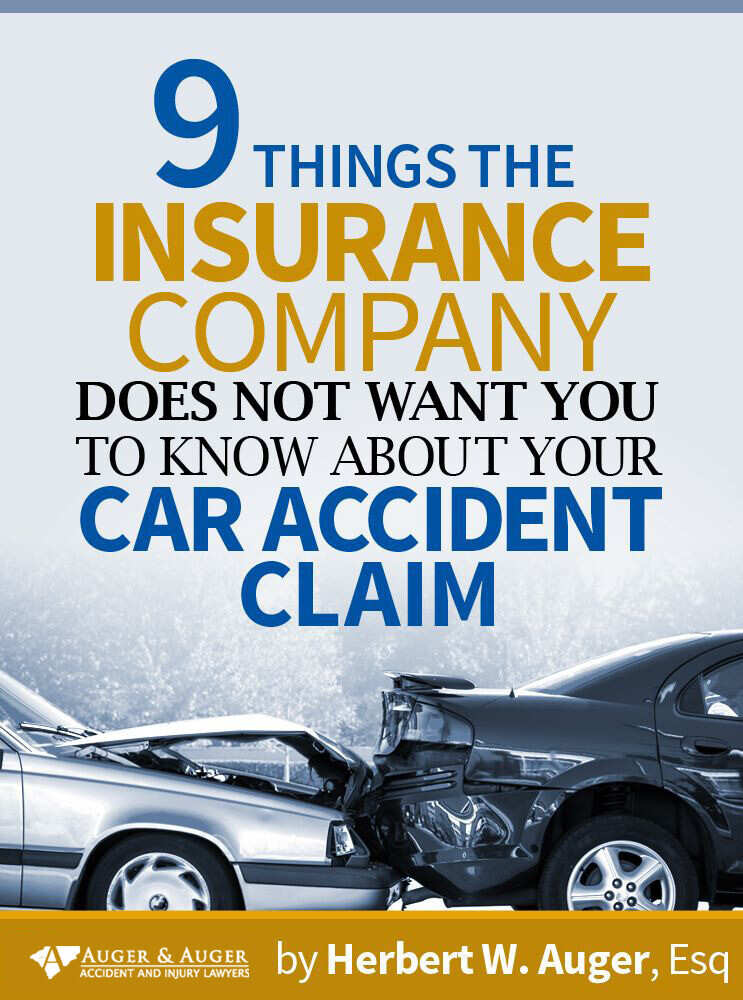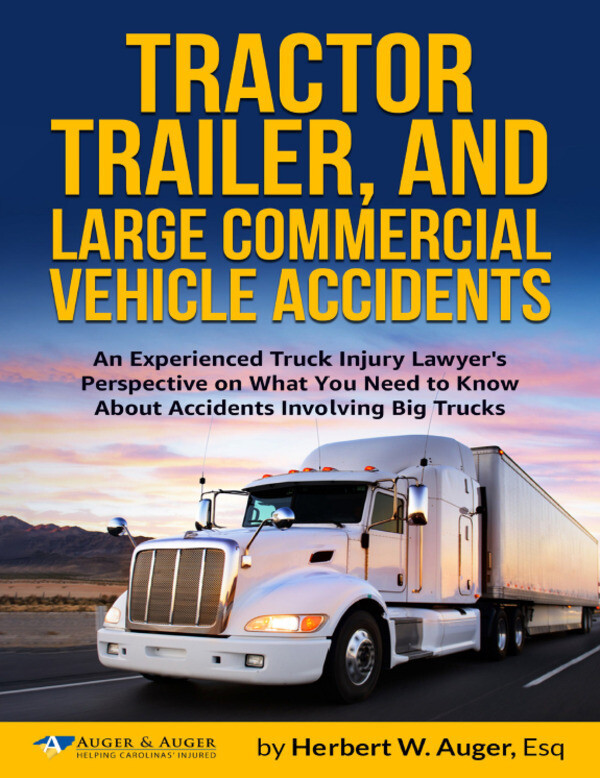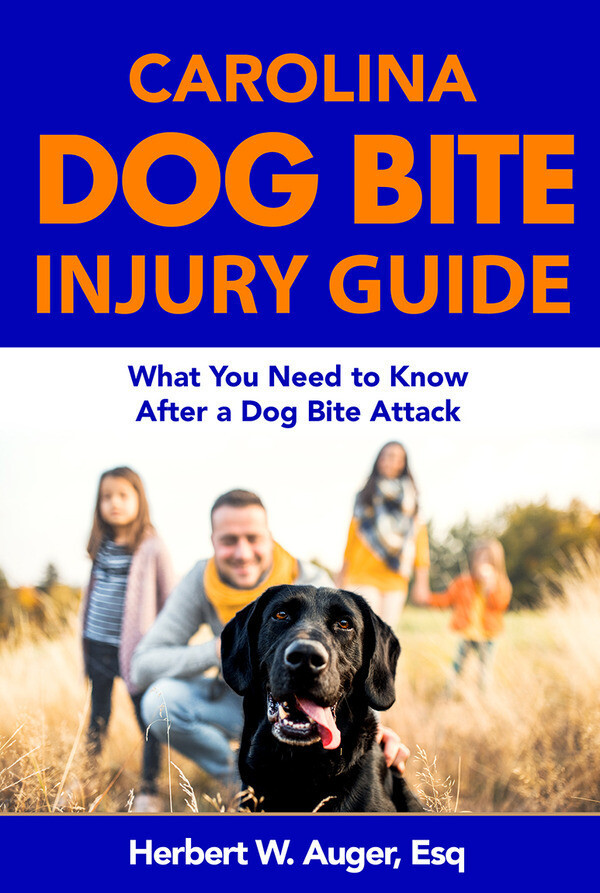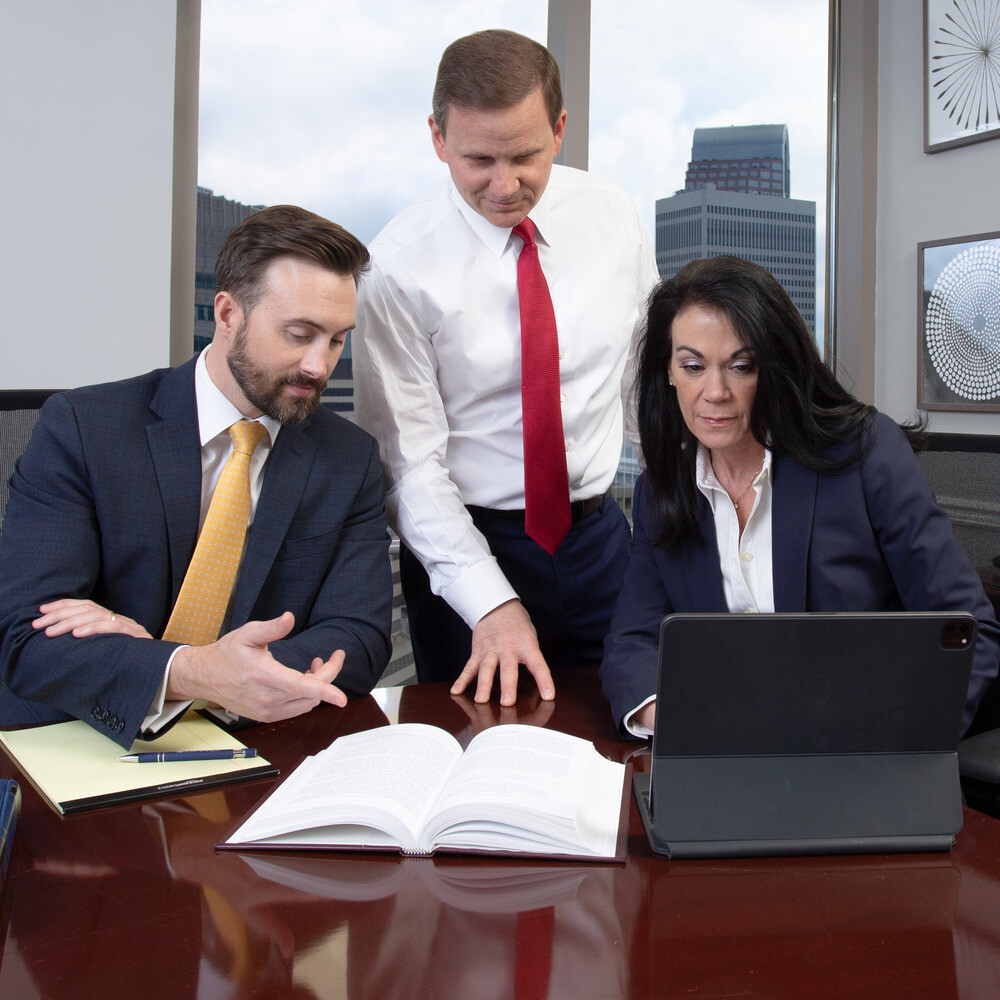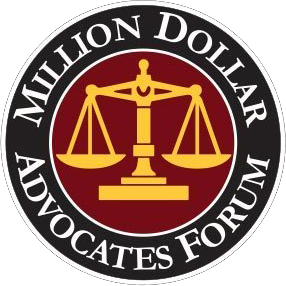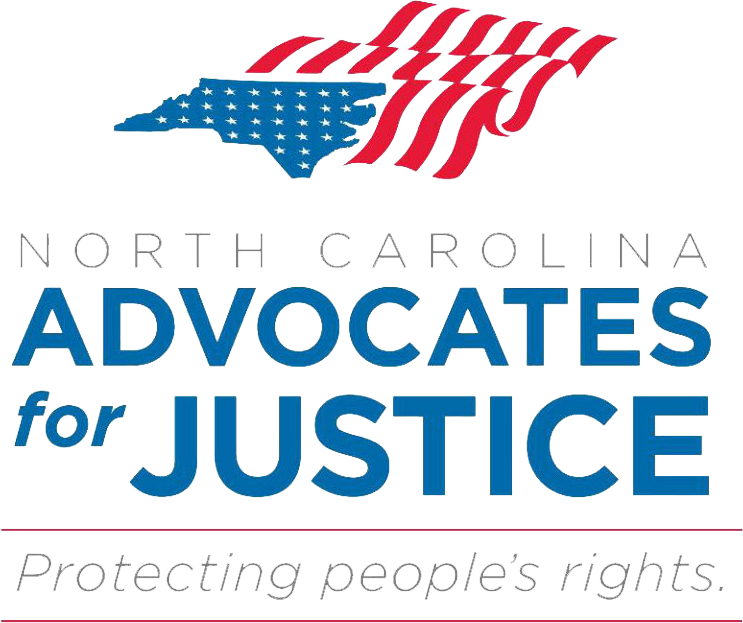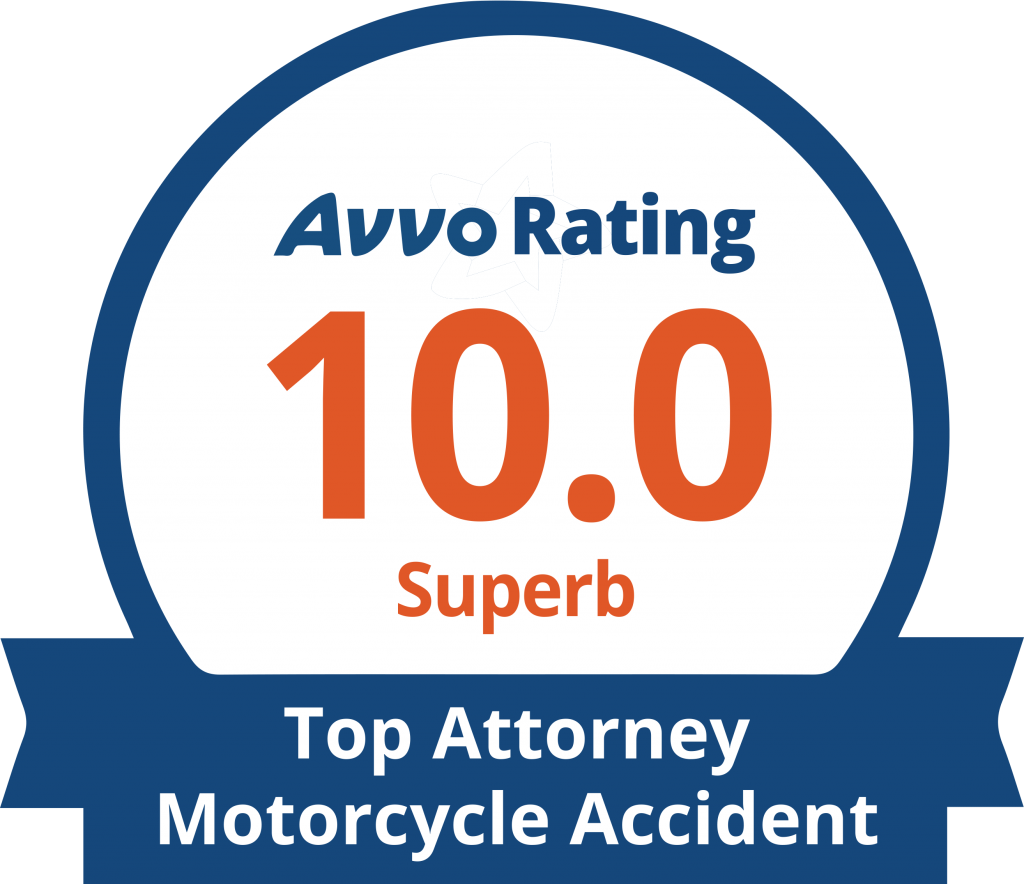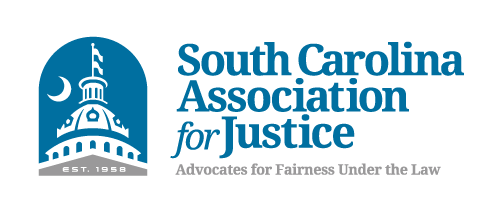Charleston Pedestrian Accident Lawyer
With so many historic gems within a short distance of Charleston Harbor, it’s no wonder that tourists flock to this city for some of the most delightful walking tours in the nation. The Charleston Peninsula south of Broad Street is a veritable treasure chest of American history. And, if ghost tours are something you enjoy, then you’re really in luck.
Drivers on the road are busy watching signals, other cars, and checking out the new shops on the block. They expect those walking the streets to have a much more focused eye on where they are going. Meanwhile, pedestrians expect drivers to obey the laws and that they are safe when crossing on a green light and within a crossing zone. In most cases, pedestrians win, as long as they are not doing anything outrageous like darting into the street or forcing their way across several lanes of moving traffic.
Increases in Charleston Pedestrian Accidents
As a Charleston pedestrian accident attorney practice, we’d like to share this research because we want you to be aware of the dangers facing our citizens and visitors. According to the South Carolina Department of Public Safety, there were 150 pedestrian deaths in 2016; with these fatalities accounting for 13.1% of all in-state pedestrian accidents during the year. You can see from the chart below that pedestrian collision fatalities are increasing in South Carolina.
Due to the heavy vehicular traffic in Charleston, and the critical grip it holds on the economy, the city has made improvements as recently as July 2018 to keep pedestrians safer on its roadways. For instance, there have been changes to the Crosstown (Septima Clark Parkway) – used by 60,000 vehicles per day. More signals have been placed at Coming Street, requiring pedestrians to stop before crossing both the north and southbound lanes; signals have been re-timed to give people more time to cross, and no-turn-on-red light signs have been positioned at busy intersections.
It is vital to continue our efforts to meet the challenges that Charleston presents to maintain its reputation as the unique and historically significant city it has always been.
Charleston Responsibilities of Drivers vs. Pedestrians
USC’s Crime Prevention and Safety Resources provides a pedestrian Safety page that outlines precautions around the busy campus district. It has a particularly clear description of legal obligations for both drivers and pedestrians, and we have listed some of both – paying particular attention to those less frequently mentioned:
Driver Responsibilities:
- Adjust to safe speeds in adverse conditions, such as heavy rain, lightning, and congested traffic.
- South Carolina Law dictates that you must take every precaution to avoid colliding with pedestrians.
- Take special care during school opening and closing hours and as school buses are loading/unloading.
- Activate turn signals at least 100 feet before you turn; this affects pedestrians and other drivers behind or beside you.
- Watch out for pedestrians with guide dogs, strollers, wheelchairs, or canes (white or white with red tips are partially blind).
Pedestrian Responsibilities:
- According to South Carolina Law, all pedestrians (including skaters and those using assistive devices) must walk on sidewalks wherever they exist.
- Pedestrians have complete right of way on the sidewalk and should stay on the shoulder if no sidewalk is available. If there is no shoulder, you must walk on the far left side of the road (facing traffic).
- If crossing without a crosswalk, you must yield to all oncoming traffic.
- At a signal, push the button and wait for the sign to change; look both ways before proceeding and yield to any traffic already in the intersection.
Causes of Pedestrian Accidents
These can happen for numerous reasons, many of them preventable. Here are some of the most common causes:
- Failure to yield the right of way. Sometimes the pedestrian ignores that a vehicle has the right of way, but the driver is often at fault. Unfortunately, there are situations where the driver fails to yield because they don’t see the walker until it’s too late. Drivers should constantly look ahead for pedestrians or bicyclists and proceed carefully before entering intersections.
- Incorrectly crossing the street. In some cases, a pedestrian technically has the right of way but crosses the street in a manner that is still dangerous. For example, if you dash into the intersection right before the light changes, you may make it difficult for cars to stop as they approach the intersection. Crossing outside an intersection when one is available is also a problem – about 75 percent of pedestrian deaths do not occur at an intersection. If you have to walk a little further to reach the intersection, do it.
- Standing or lingering in the street. Obviously, this is not a good idea, but in some situations, it is necessary. For example, roadside workers often take turns standing in the street to direct traffic around areas of construction or road work. These workers are required to wear brightly-colored vests and use nearby signs so they will be more noticeable, but unfortunately, sometimes cars still run into them. Typically there are requirements for motorists to drive much slower in a work zone and higher fines for speeding in this area. Even if you don’t see a sign, if you notice road work going on, it’s a good idea to reduce your speed and drive very carefully.
- Lack of visibility. Many factors can play into poor visibility. Sometimes the weather is the problem – fog, rain, a gray and cloudy day, etc. Other times large objects near the road, like trees, shrubs, or sheds, can block a driver’s or pedestrian’s view of part of the street. Dull headlights or malfunctioning headlights on a car can be a problem, but on the other side of the coin, super-bright lights can also blind a pedestrian. If you’re walking, avoid wearing dark clothing at night or in poor visibility situations. You may also consider reflective or bright clothing if you make a habit of walking in the evening. If an approaching car has blindingly bright headlights, it may be a good idea to wait until it passes before attempting to cross the street.
- Intoxication of either the driver or the pedestrian. The CDC reports that either the driver or pedestrian had been drinking in about 46 percent of pedestrian deaths in 2019. In about one-tenth or 13 percent of these cases, the driver had a blood alcohol level (BAC) of more than .08 grams per deciliter (over the legal limit). However, another one-third of cases involved a pedestrian with a BAC of .08 or higher. An intoxicated pedestrian may stumble into the roadway or fail to notice a car coming, so walking while intoxicated can be problematic, too. Many think walking home is a good alternative to driving drunk, and it certainly reduces the risk for other people – but not as much for you. If you’ve been out celebrating, it may be better to take a ride share home, have a designated driver, or spend the night at a friend’s house rather than walking home – especially in the dark.
- A pedestrian running into the road suddenly. Usually, people know not to do this, but a small child may not. If you’re driving and you see children on the sidewalk – especially if they don’t seem to be accompanied by an adult – slow down and keep a close watch on them just in case.
- Distracted drivers – and pedestrians. It’s easy to hit a pedestrian while staring at your phone instead of the street. Yet, at the same time, you’re more likely to be hit as a pedestrian if you’re distracted by your phone. Everyone should wait until they’re at a safe location to become engrossed in their digital devices.
Who is at Higher Risk of Being in a Pedestrian Accident with a Vehicle?
While everyone should be careful when walking outside, some groups are more likely to be struck by a car:
- Older adults. People 65 and older made up about 20 percent of pedestrian deaths in 2020. There are several reasons for this. As people age, they are more likely to develop difficulties with their eyesight or hearing, making it harder to see or hear a car. Other health issues may affect balance or coordination, increasing the risk they might trip or fall while crossing a street.
- As mentioned above, small children may not appreciate the risk of running out into the street to chase a runaway ball. About 20 percent of kids younger than fifteen who died in car accidents were pedestrians in 2020. Of course, parents and caregivers should keep an eye on children playing outside, but sometimes even the most careful adult has to look away for a few seconds, so drivers need to pay attention, particularly in or around schools or parks.
- Residents in urban areas. About 80 percent of pedestrian fatalities happen in urban neighborhoods versus around 17.8 percent in rural areas.
The Financial Cost of Pedestrian Accidents
If you’ve been struck by a vehicle, the chances are very good that you were injured. Unfortunately, a pedestrian has little protection when hit by a two-ton vehicle – there are no seat belts or bike helmets to protect you in this situation. As a result, your injuries may be extensive and, in some cases, very serious. Even if you think they’re not that bad, please seek medical attention. Some injuries may not present symptoms right away, and occasionally serious injuries may seem minor at first.
Broken bones, traumatic brain injury (TBI), internal injuries or bleeding, dislocated shoulders or other joints, and back and spine injuries are all common in pedestrian crashes. Many of these could take weeks or months to recover, requiring surgery, medication, and even physical therapy. Will your health insurance cover all of it? That depends on many factors, including your deductible, the specific treatments your insurance carrier will cover, and what percentage of the cost they’re willing to pay. In some cases, you may have a hefty bill for your portion of the costs.
In addition, being hurt may mean that you’re out of work for an extended period of time. Lost wages are another type of damage you may suffer in a pedestrian accident, along with healthcare costs. With some injuries, the pedestrian may become permanently disabled and unable to return to work at all. In 2012, the National Safety Council (NSC) estimated that the average cost of a pedestrian accident was about $58,700. Of course, your expenses may be far more or less than this average, which only looks at economic costs. Non-economic costs, like pain and suffering, should also be considered when filing a claim for compensation. Your lawyer will review both types of damages with you to be sure nothing is missed.
If the driver who hit you was at fault, the best solution is to seek damages from their auto insurance carrier. In many cases, we are able to successfully negotiate a settlement with the insurance company, but sometimes we may work to overcome additional challenges, such as:
- The motorist who hit you was uninsured, or their insurance policy limit is lower than the amount of damages you have. In this case, your lawyer will look for other relevant insurance policies or liable entities.
- The insurance company claims they don’t have to cover your accident because you were at fault instead. Understandably, this is a very upsetting thing to hear. Fortunately, an experienced Charleston pedestrian accident attorney can help you gather evidence to fight back against these claims.
- The insurance company makes you an offer that you really should refuse. If an insurance company makes you an offer very quickly after your accident, you should be very cautious and consult a lawyer before making a decision. In many cases, this quick offer means that the insurance company wants to pay far less than your claim is worth. They’re hoping you’ll accept the offer and relieve them of any further responsibility.
Contacting your Pedestrian Accident Lawyer
Auger & Auger Accident and Injury Lawyers has nearly four decades of personal injury experience to pursue your case – whether against big insurers or in civil court. As soon as it is practical to do so, please contact us for a free consultation to discuss your accident, and obtain the help you need with medical bills, job loss, and financial compensation for pain and suffering.
Call (843) 203-5129 today for your free consultation, with no fees due until recovery!
